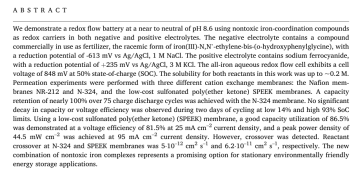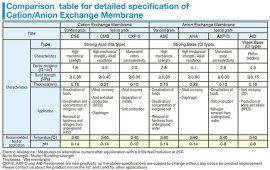The issue with hydrogen evolution is two fold, not only does this cause the potential release of an explosive gas, but it also increases the pH of the battery. As the pH goes up, iron oxides and hydroxides can start to precipitate. This is why Fe flow batteries that rely on Fe plating need to have their pH lowered using muriatic acid as a function of time, to replace that lost hydrogen.
To get reasonable energy density from an all-iron flow battery that relies on Fe plating, you need to add a separating membrane - in this battery often microporous membranes can be used, sacrificing energy efficiency - to be able to keep the Fe3+ away from the metallic Fe. When put in contact with metallic Fe, Fe3+ will oxidize it to Fe2+ and reduce itself to Fe2+ as well, basically undoing the charging process of the battery.
With organic chelates, the destruction of the chelates causes free Fe to become available, this can also precipitate as oxides or hydroxides form at neutral pH. The decomposition products of the organic chelate might also be more subject to electrochemical reactions, which might reduce the coloumbic efficiency of the battery slightly.
However, from research done on Fe-EDDHA and Mn-EDTA flow batteries separately, we know that decomposition is slow enough to give us at least 500+ cycles. The batteries did not decay at these points, so much longer tests would be needed to assess the true decomposition rates of the chelates.
Also note, there is no need to buy solid FeCl3 (it is a potentially dangerous reagent as it's a relatively potent Lewis acid). In the EU you can easily buy 40% FeCl3 solution, which is more than concentrated enough to explore these chemistries, you just need to dilute it as needed for use with the acids you want to try.





